Microsoft buying Xamarin is a big deal and here’s why
4 min. read
Published on
Read our disclosure page to find out how can you help Windows Report sustain the editorial team. Read more
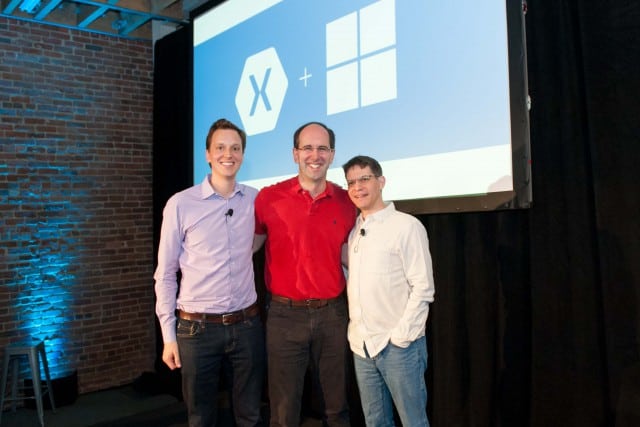
On Wednesday, Microsoft spent between $400 million and $500 million on Xamarin, a company that it was previously rumoured to be interested in as far back as 2014 when the announcement was thought to be imminent.
Xamarin is well-known in the software development world, with over 15,000 customers in 120 countries. The company provides a toolkit for developers, making it easier to build apps for iOS, Android, and Windows.
This conveniently fits in with Microsoft’s goal, which is to attract big-name third-party developers to Windows. The financial incentive, which was briefly leveraged in mid-2013, doesn’t seem to have worked, and the company has since moved on to new ideas.
Windows 10 is a universal platform for developers, meaning that an app made for a desktop can also run on a smartphone, tablet, Internet of Things device, or Xbox by virtue of the fact they run Windows.
This idea, while exciting to journalists and some developers, has not seen broad uptake, especially in the face of declining Windows Phone sales, which removes one part of the incentive.
Microsoft has created the “Bridge” set of projects, with associated codenames, that let developers easily transport apps from iOS, Android (although the future of this bridge is uncertain as Microsoft has today announced the end of Astoria), Windows, and the Web. One developer, to prove a point, transported an app from iOS to Windows in under five minutes.
Xamarin helps give this project some weight, potential enticing serious developers — like those who work at the big companies who make the apps Microsoft wants — onto Windows.
“With today’s acquisition announcement we will be taking this work much further to make our world-class developer tools and services even better with deeper integration and enable seamless mobile app dev experiences,” said Microsoft in a blog post.
“This acquisition is a new beginning for Xamarin,” said Nat Friedman, the CEO and co-founder, in a blog post. “[The acquisition] is an opportunity to help many, many more developers build great apps. Like many of you, I see Microsoft and Xamarin as a perfect fit.”
This is important as Microsoft has struggled to attract big-name developers to Windows, even when building one Windows app opens the door to multiple machines. For this reason, popular apps have never appeared on Windows Phone, cementing its problems and contributing to the fall in market share.
The technology that Xamarin makes allows developers to port apps across to Windows from other platforms using Windows tools. This, in essence, is exactly what Microsoft wants to be encouraging developers into doing.
The theory goes: More apps equal more users and, therefore, more developers. It’s an endless cycle that Apple sits in exactly the right place of (mainly by virtue of being first, with iPhone OS 2). Only time will tell if the acquisition actually yields positive results.
The deal will also help Microsoft onboard new users to Azure and its other services, according to The New York Times. The battle between Microsoft, Amazon, and Google for the cloud services business is heating up, and all three companies are intent on winning.
The basic strengths of the three can be summarised: Amazon is cheap and popular with start-ups, Microsoft has the best relationships with massive (and older) businesses, and Google is for everyone else, with Mail and Docs leading as its most popular products.
The competition is intense — a “street battle,” according to one analyst — and requires cost-cutting, heavy investment, and long stares.
Microsoft has a lot of customers already who bring in a lot of revenue, but there is always potential to add more. In fact, one of Wall Street’s big takeaways from Microsoft’s earnings was its ability to add new services to the deals of old customers.
Office 365, the cloud version of the productivity suite, is one of the big ways Microsoft is wooing its customers into buying more: The old versions of Office were a one-time buy, while 365 recurs every year. The company recently raised the price of the high-end version, creating the potential for another $50 billion in revenue for the company.
“The customers we are working with have a desire to build applications factories,” said Friedman, who will oversee all tools build within Microsoft. “They all want end-to-end service, and this is a way to offer that.”
The two business are interlinked and hard to understand from the outside (and, most likely, the inside at times), but the deal to buy Xamarin was clearly one that Microsoft felt necessary and it would seem like it makes a lot of sense.

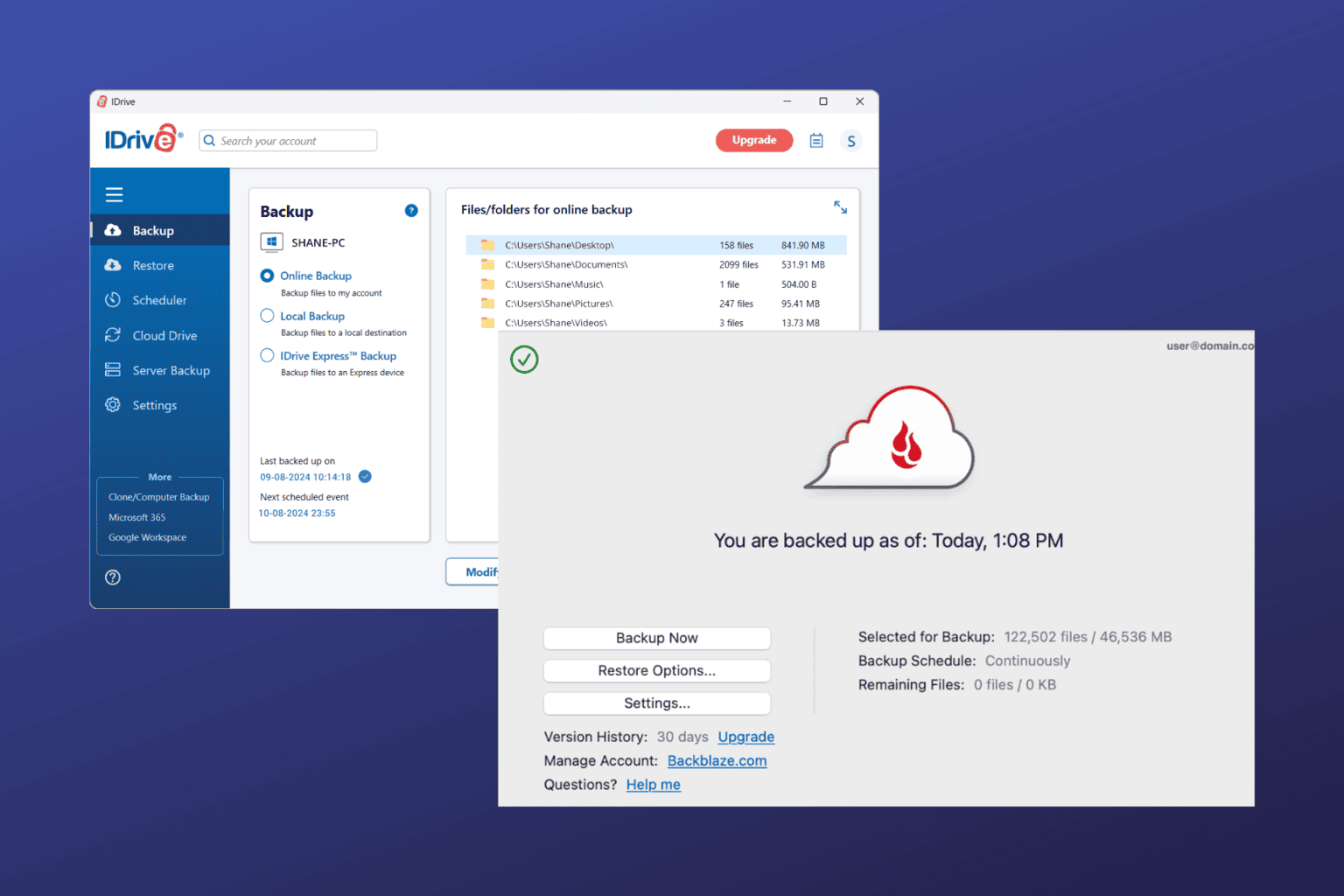
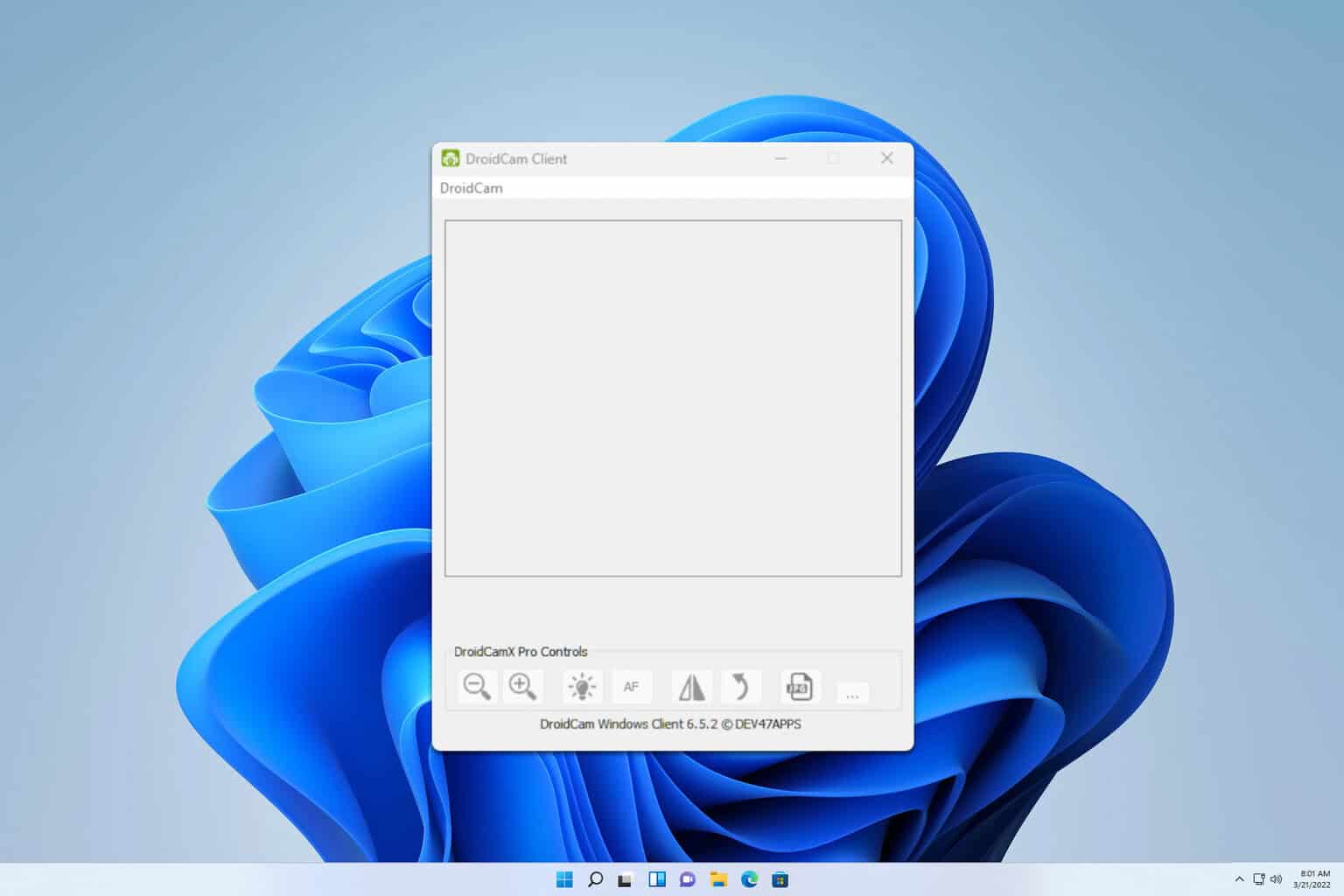
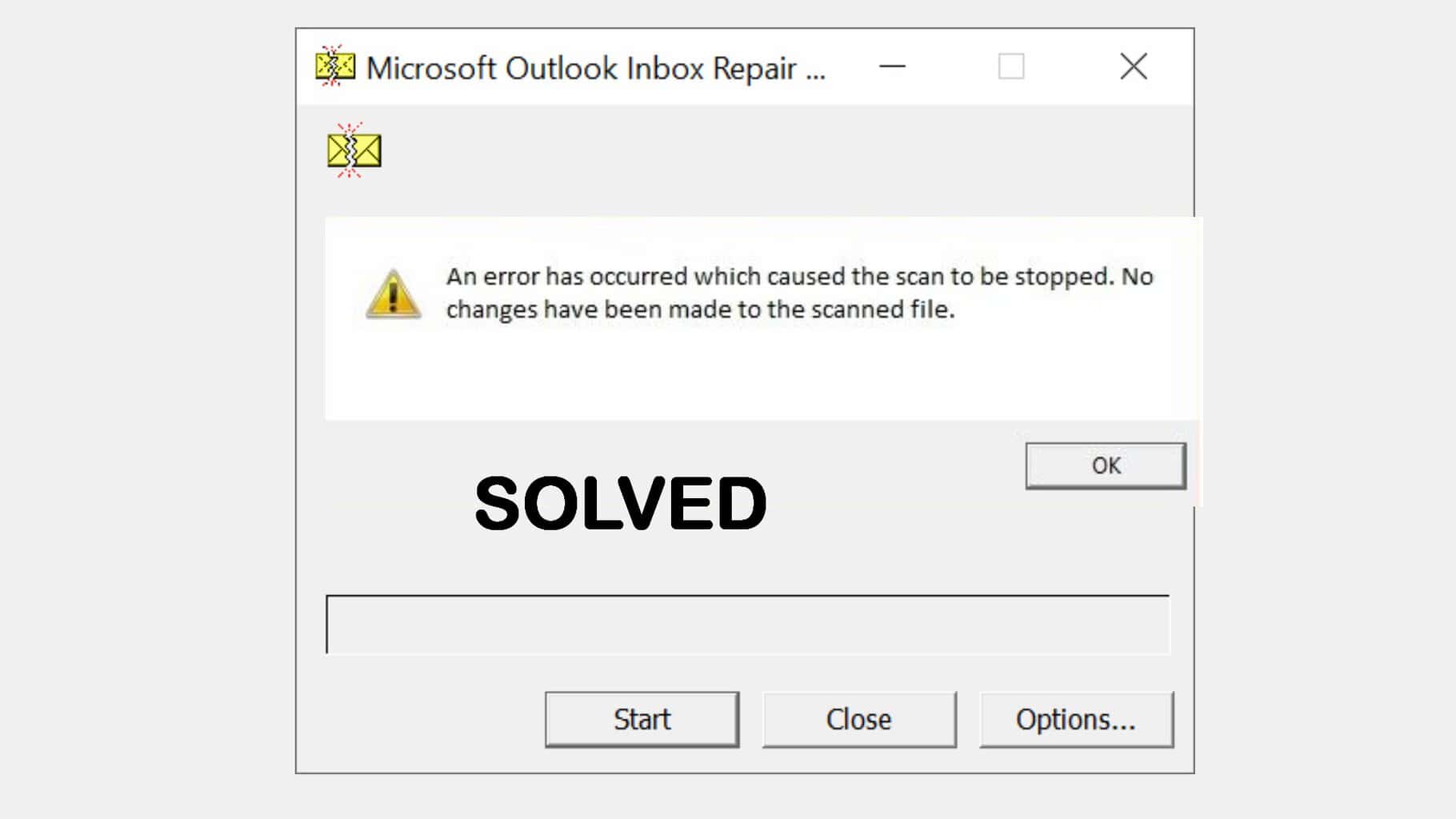
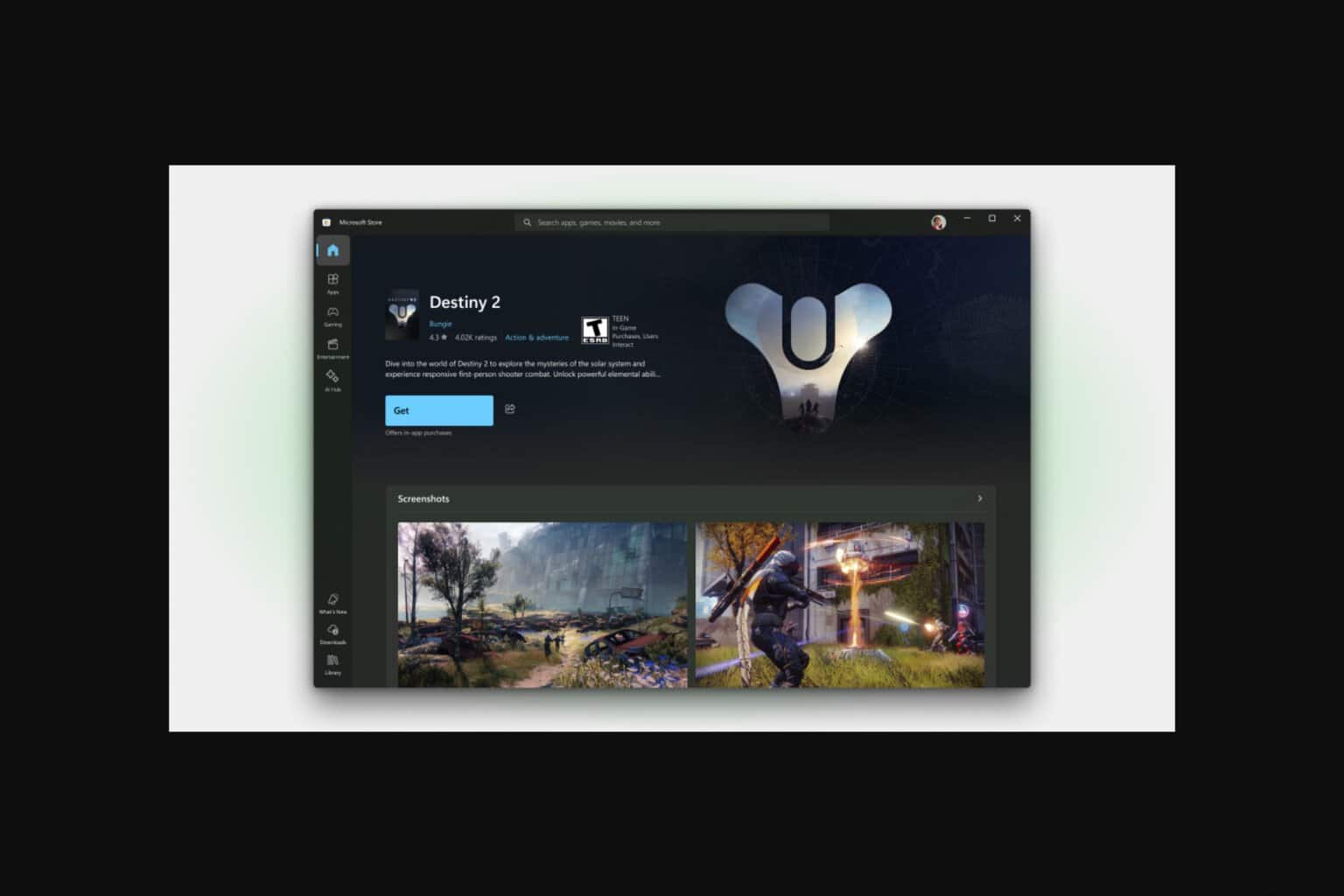

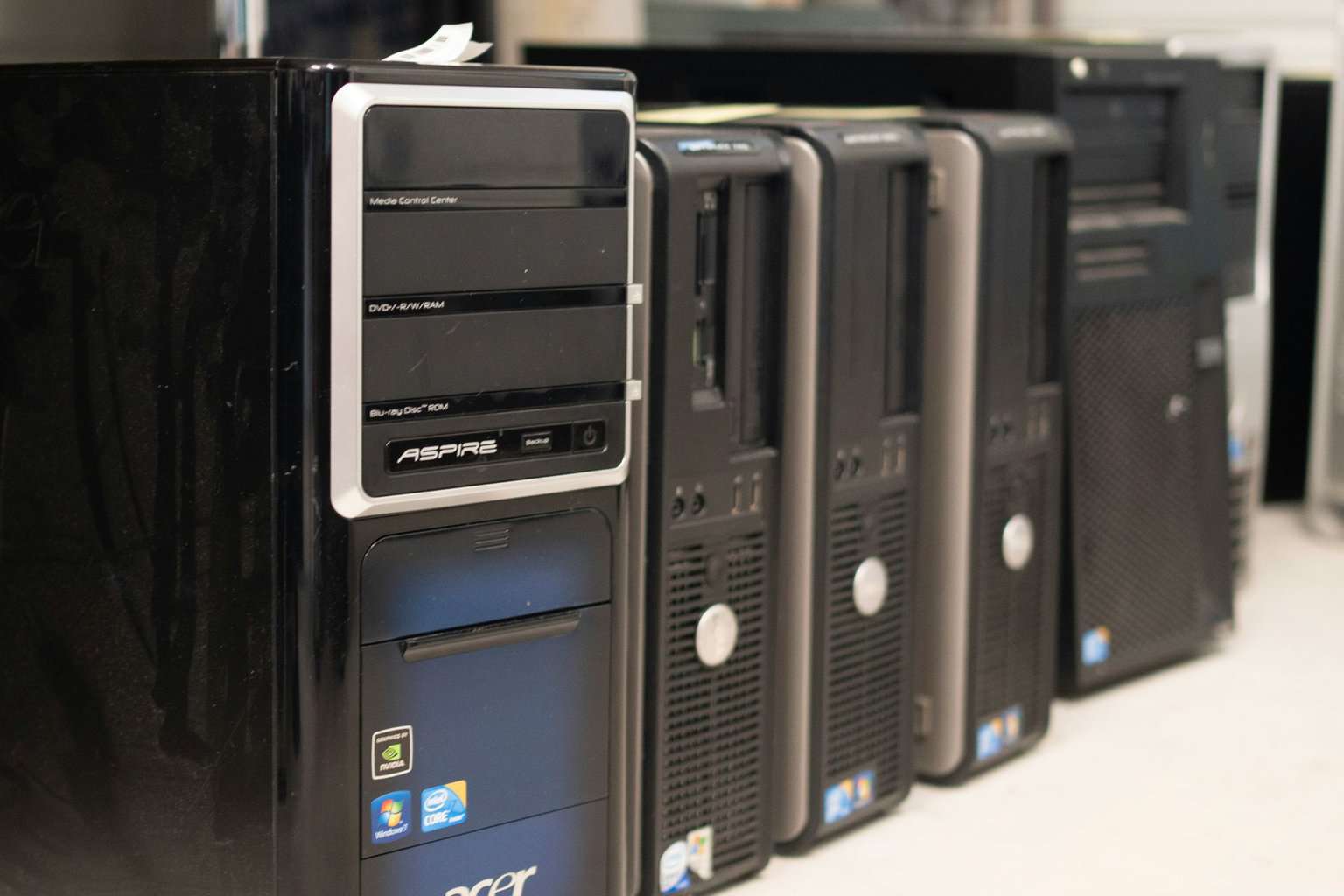
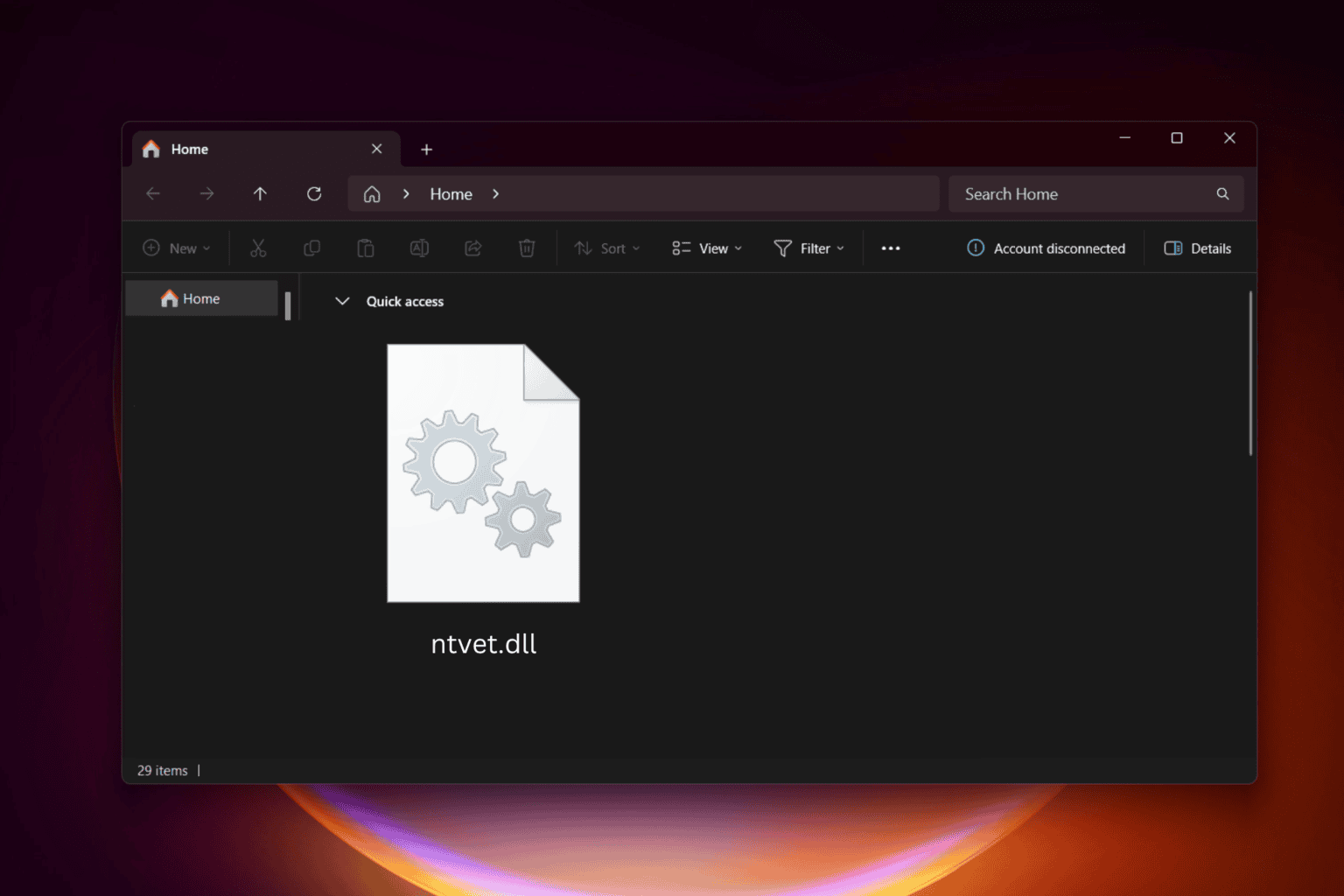
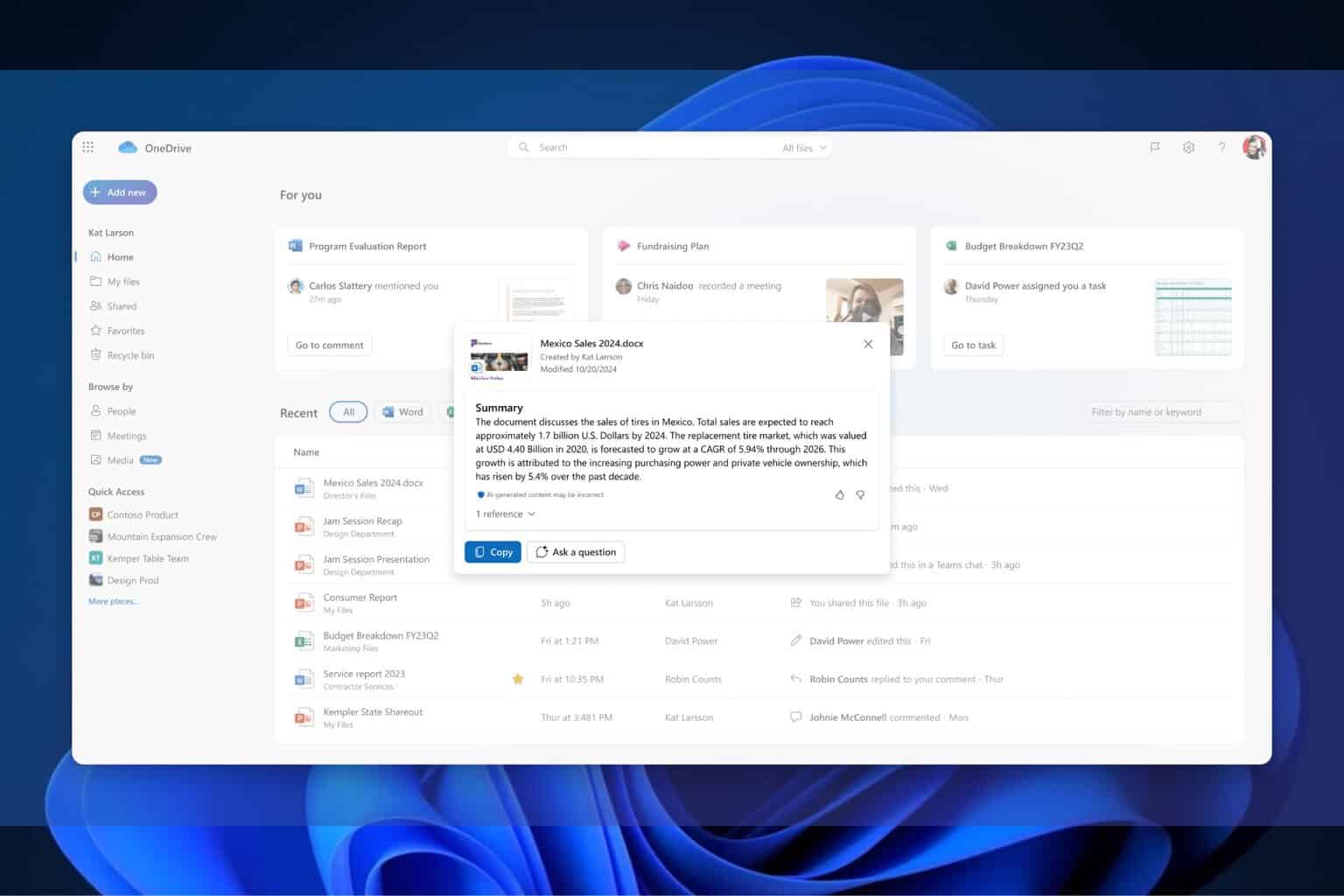
User forum
0 messages